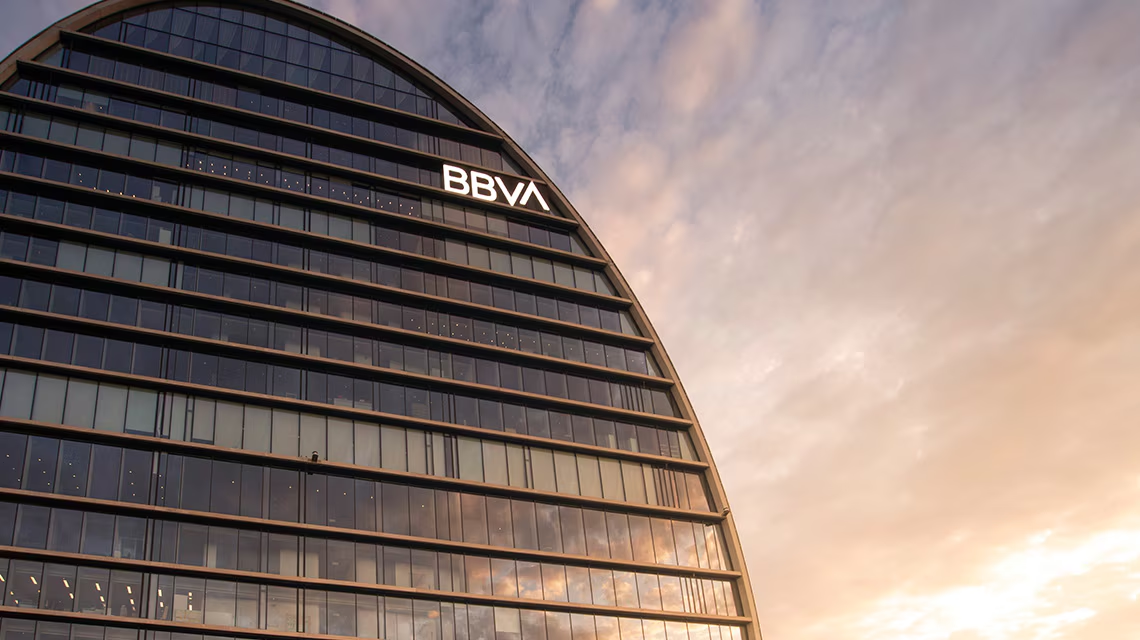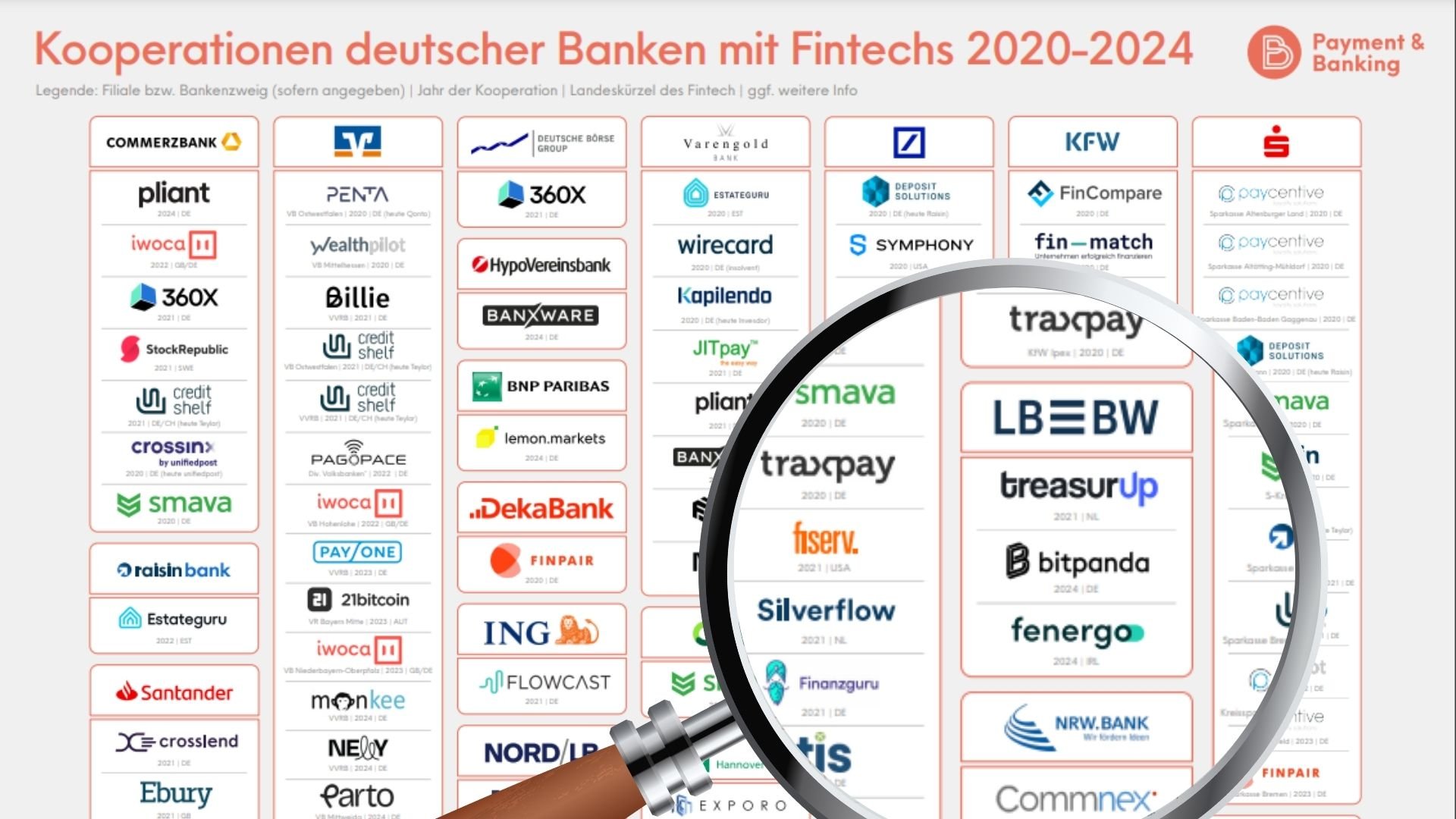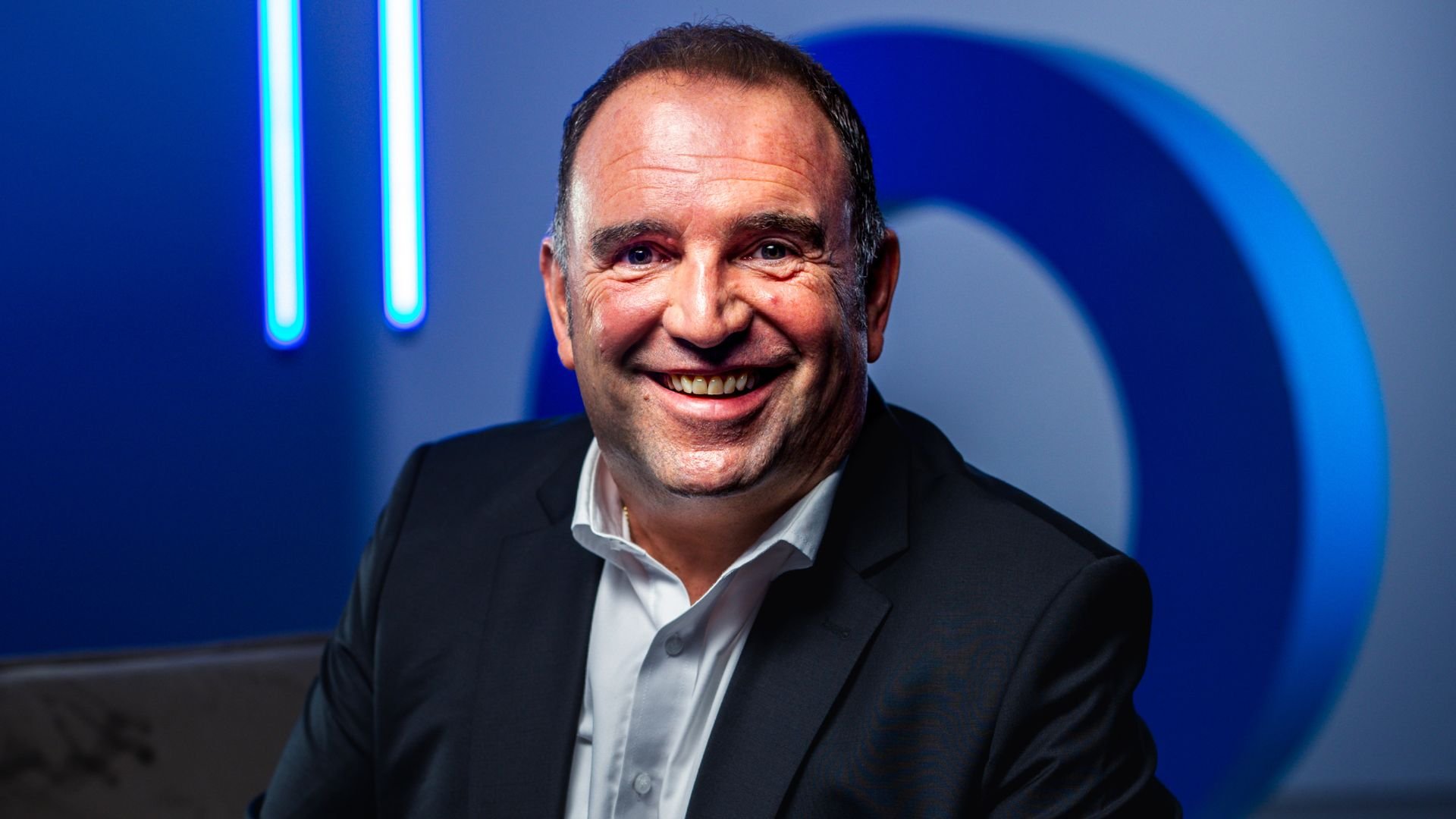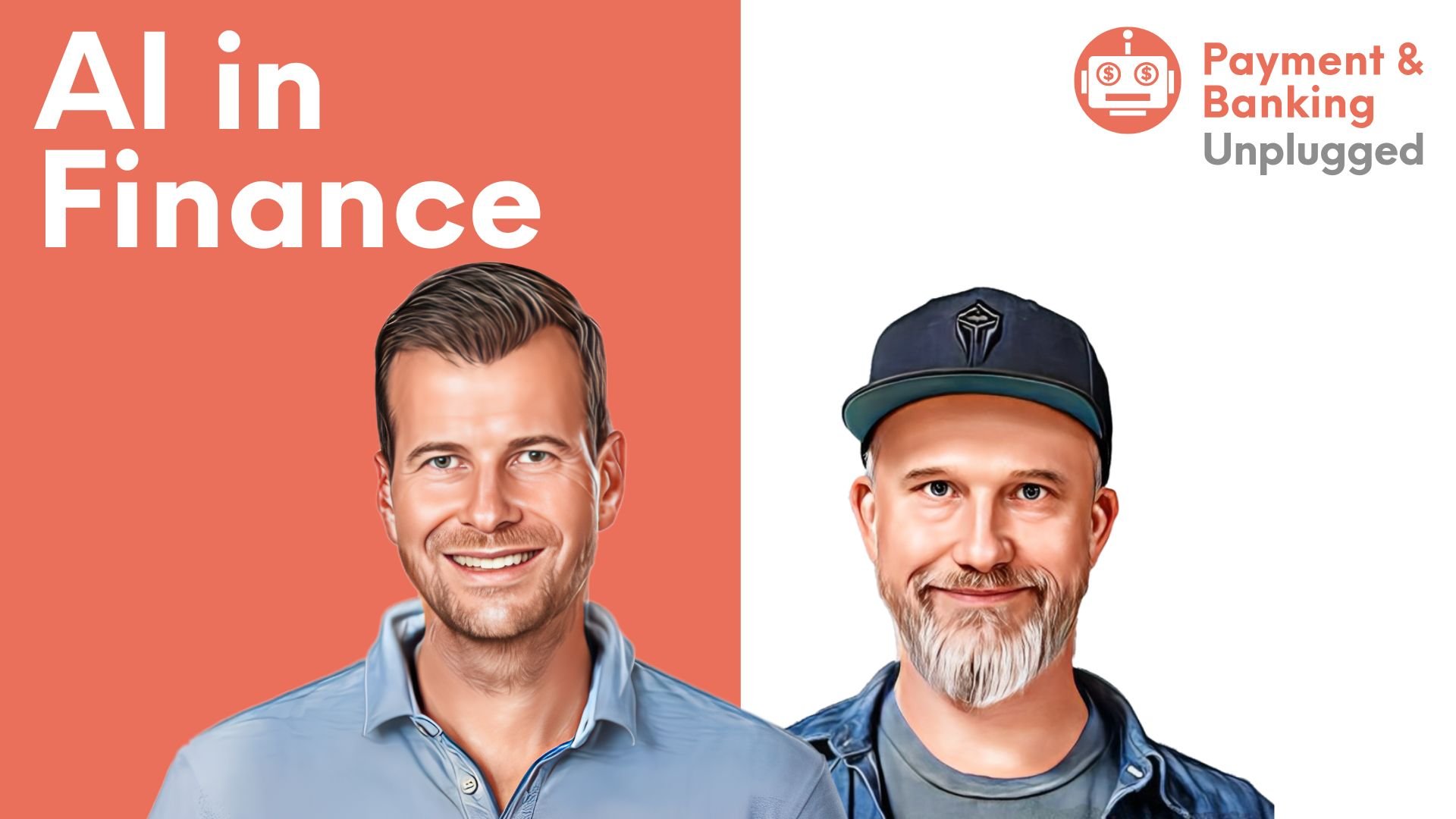Zwei vor wenigen Monaten veröffentlichte Marketing-Erhebungen vom Bundesverband digitale Wirtschaft und vom Influencer Marketing Hub zeigen deutlich: die Aktivierung der eigenen Zielgruppe durch Influencer-Marketing als Teil der Online-Marketing-Strategie wird künftig noch wichtiger. Und auch Fintech und Banken arbeiten längst mit Influencern zusammen, um neue Kunden zu gewinnen und die Generation Z anzusprechen.
Wie erfolgreiche Kampagnen von Finanzdienstleistern aussehen können und was den Mix aus mehrwertigen Inhalten, Reichweite und Expertenwissen Finanzprodukte attraktiv macht – vor allem für jüngere Menschen.
Spätestens in den mittleren 2010er-Jahren wurde Influencer Marketing zu einem eigenen Trend im digitalen Marketing. Seitdem machen Unternehmen mittels Influencer Marketing über die sozialen Medien auf ihre Produkte aufmerksam oder versuchen die Markenbekanntheit zu steigern. Es ist vor allem die junge Zielgruppe, die die Firmen über Plattformen wie Tik Tok, Youtube, Instagram, Facebook oder Twitter erreichen möchten.
Und dafür arbeiten sie mit Influencern zusammen. Das sind Meinungsführer in den sozialen Medien, die innerhalb ihrer Community und der Plattform vor allem über drei Dinge verfügen:
- Ansehen
- Einfluss
- Reichweite
Doch wie will man das messen? Die Reichweite zeigt sich zum Beispiel anhand der Anzahl an Freunden und Followern, die die Beiträge der Influencer weiterverbreiten, liken, teilen und kommentieren. Die Influencer fungieren damit als Markenbotschafter, die das jeweilige Produkt, eine Dienstleistung oder Brand repräsentieren und in die anvisierte Zielgruppe hineintragen.
Ein prominentes Beispiel hierfür ist die Kooperation des Zahlungsdienstleisters Klarna mit Rapper Snoop Dog. Gemeinsam haben Klarna und die Rap-Legende zum Beispiel eine Kollektion mit edlen Luxus-Artikeln auf den Markt gebracht. So wurden viele junge Menschen überhaupt erst auf den schwedischen Zahlungsanbieter aufmerksam.

Influencer-Marketing gewinnt weiter an Bedeutung
In der Online-Marketing-Welt erregte eine im Frühjahr veröffentlichte[1] Branchenumfrage des Bundesverbands Digitale Wirtschaft (BVDW) Aufmerksamkeit, die dem Influencer-Marketing in Zukunft noch weit mehr Bedeutung beimisst.
Weitere zentrale Aussagen:
- höhere Bedeutung
Im Vergleich zu „klassischen“ Marketing-Disziplinen sehen die Befragten einige deutliche Vorteile beim Influencer Marketing (mehr Authentizität, ein besserer und einfacherer Zugang zur Zielgruppe) - mehr Kampagnen
Die Zahl der geplanten Kampagnen ist im Vergleich zu 2018 um fast 20 Prozent gestiegen. Die befragten Unternehmen gaben an, mittlerweile mindestens solcher Influencer-Marketing-Kampagnen pro Jahr zu planen - die Budgets steigen
Unternehmen werden künftig für die Influencer-Marketing-Kampagnen noch mehr Geld ausgeben
Letztgenannte Aussage deckt sich mit dem ebenfalls im Frühjahr dieses Jahres veröffentlichten Ergebnis einer Umfrage von „The Influencer Marketing Hub“, die zu dem Schluss kam, dass „63% der Vermarkter beabsichtigen, ihr Marketingbudget für Influencer im nächsten Jahr zu erhöhen“[2].
An Influencer zu kommen ist heute einfach denn je. So gibt es mittlerweile viele Influencer-Plattformen und -Marktplätze, etwa reachhero oder influry.com, auf denen Unternehmen gezielt nach Influencern, passend zu ihrer jeweiligen Branche, suchen können. ReachHero etwa versammelt in seiner Datenbank mehr als 80 000 Influencer aus allen Sparten (Musik, Technologie, Gesundheit, Fashion, Essen u.a.). Blogger finden die Firmen zum Beispiel über spezielle Suchmaschinen, die Influencer-Rankings erstellen oder über Blogverzeichnisse.
Hinsichtlich der gewählten sozialen Plattform, über die der Influencer die Markenbekanntheit steigern soll, ist eine Frage zentral: Welches Medium nutzt meine Zielgruppe schwerpunktmäßig? Tummelt sie sich bei Instagram, muss der Schwerpunkt der Kampagne auf entsprechenden, ebenso unterhaltsamen wie informativen und „attraktiven“ Inhalten liegen, die in Form von Bildern und Videos verbreitet werden. Hält sie sich aber vorwiegend bei Twitter auf, stehen kurz und bündig formulierte, im Plauderton verfasste und maximal zwei Hashtags enthaltende Kurznachrichten im Zentrum.
N26 entdeckt Influencer-Marketing für sich
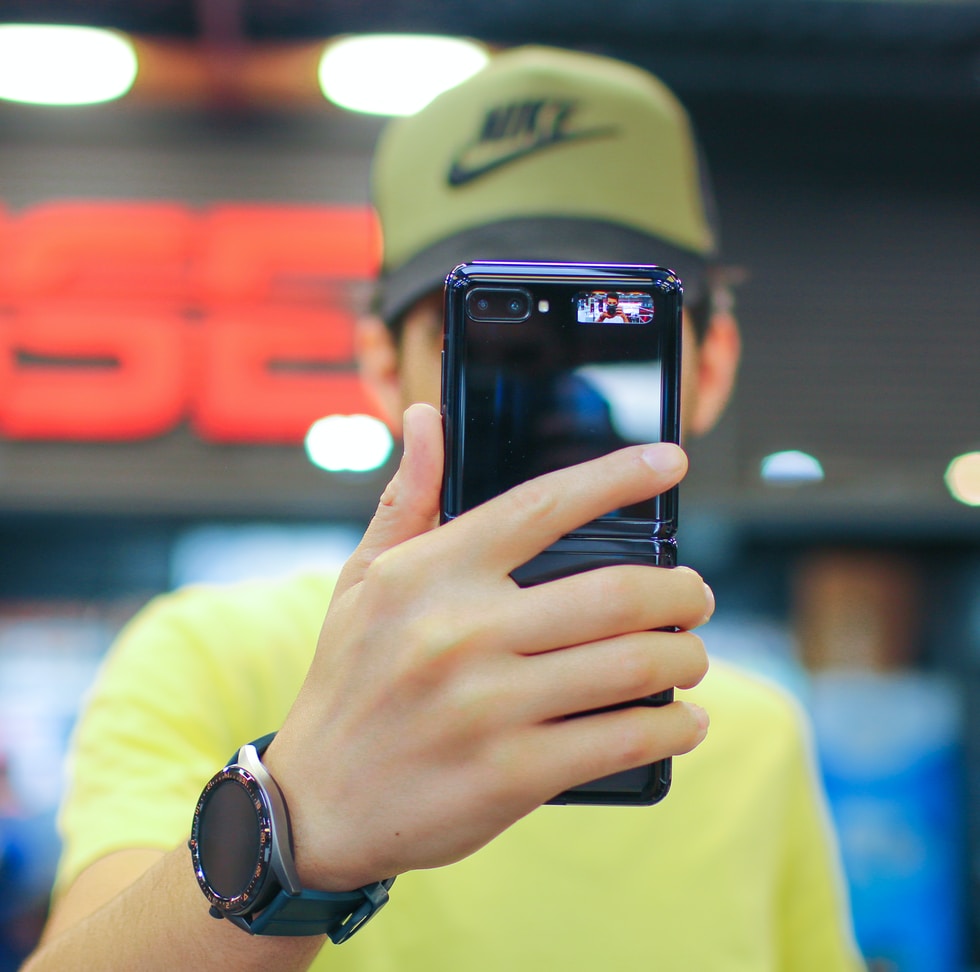
Auch hierzulande springen immer mehr Fintechs auf Zug der Unternehmen auf, die Influencer-Marketing nutzen. Die Smartphone-Bank N26 etwa ließ ihr neues Kontomodell Ende vergangenen Jahres von drei Influencern bewerben. Markenbotschafter, die die Sprache der Zielgruppe sprechen und die Themen sowie Interessen der Gen Z abbilden:
- Anne Bodykiss, Fitness-Youtuberin(641 000 Abonnenten)
- Kim Caramella (Lifestyle)(248 000 Abonnenten)
- Tech-Vlogger Jonah Plank (98 700 Abonnenten)
Diese drei Influencer haben keine Überschneidungen mit der Payment- und Banking-Szene – aber sie haben enormen Einfluss auf die jungen Menschen, die ihre Kanäle abonniert haben.
Und N26 zielt mit seinem kostenpflichtige Premiumkonto Smart vor allem auf jene Gen Z ab. Junge Leute, die es gerne unkompliziert haben und für die Banking vor allem schnell sowie komfortabel sein soll. Um diese Menschen zu erreichen, nutzte N26 den Zielgruppen-kompatiblen Content der populären Influencer.
Auch Banken und „klassische Finanzdienstleister“ bedienen sich sozialer Medien und dortiger Influencer, um eine neue Generation an Kunden zu erreichen und um für (nicht selten als etwas „unsexy“ und trocken wahrgenommene) Themen und Inhalte wie „Altersvorsorge“ oder „Geldanlage“ Interesse zu wecken.
Dabei haben es Banken und Kreditinstitute deutlich schwerer als Unternehmen anderer Branchen. Denn Girokonten, Sparpläne oder Versicherungen sind für die Allerwenigsten wirklich emotional besetzt. Gerade für die Generation Z, für die viel eher Entertainment-Produkte, Lifestyle- und Fashion-Brands im Alltag natürlich einen ganz anderen, zentralen Stellenwert besitzen.
Finanzdienstleister setzen auf Influencer: erfolgreiche Beispiele
Doch gab es in der Vergangenheit durchaus gelungene und erfolgreiche Beispiele einer Zusammenarbeit zwischen Banken und Social-Media-Influencern, durch die das Kreditinstitut die Aufmerksamkeit auf die Message der Kampagne lenken und ihr Anliegen in die Influencer-Community transportieren konnte. In einem Fall kombinierte eine Bank geschickt ihre Botschaft mit dem Thema der – beruflichen – Zukunft junger Menschen. Um nicht zu sagen, sehr junger Menschen: es ging um das Thema „Berufswahl und -ziele von Kindern“.
Das Ganze mixte die Bayern LB gekonnt mit augenzwinkerndem Humor, Leichtigkeit und einer Prise bewusster Provokation, um entsprechendes – mediales – Interesse zu generieren. Und transportiert durch eine bekannte Influencerin mit großer Akzeptanz in ihrer Gefolgschaft.
In dem Spot „Mission Traumberuf“ vom Mai 2019 interviewte die Autorin und Bloggerin Ronja von Rönne Kinder zu ihren beruflichen Zielen und Träumen. Genannt wurden „Klassiker“ wie Sängerin, Feuerwehrmann oder Tierpfleger. In einem knallharten, einem Bewerbungsgespräch nachempfundenen Gespräch konfrontierte von Rönne die Kinder jedoch mit der Realität. Home Office als Tierpfleger? Unmöglich. Geregelte und flexible Arbeitszeiten ohne spontane Arbeitseinsätze als Feuerwehrmann? Eher unwahrscheinlich.
„Home Office als Tierpfleger? Unmöglich. Geregelte und flexible Arbeitszeiten ohne spontane Arbeitseinsätze als Feuerwehrmann? Eher unwahrscheinlich.“
Von Rönne warf den Kindern stattdessen all jene Vorteile einer Beschäftigung bei der Bayern LB an den Kopf (Duales Studium, attraktiver Verdienst, Weiterbildungsprogramme, hochwertige Kantine, Fitnessstudio) – und erntete von ihren „Interviewpartnern“ unverstellte, authentische und vor allem ebenso lustige wie herzerwärmende Reaktionen, mit der die Bayern LB in den sozialen Medien zum Diskussions- und Gesprächsthema wurde. Aufmerksamkeit generiert, Mission erfüllt.
Glaubwürdigkeit dank der richtigen Influencer
Auch die Börse Stuttgart setzte bei ihren Kampagnen schon häufiger direkt auf die Zusammenarbeit mit beliebten Influencern aus der Szene, z.B. die Financial Influencerin Natascha Wegelin, die vor allem für ihren Blog Madame Moneypenny bekannt ist, oder auch Albert Warnecke, besser bekannt als „Finanzwesir“, der mit seinem reichweitenstarken Finanzblog für Selbstanleger, finanzwesir, die Auffassung vertritt, dass „Finanzthemen nicht trocken sein müssen.“ Warneckes Blog zählt zu den beliebtesten und reichweitenstärksten Blogs rund um die Themen Finanzen und Geldanlage in Deutschland[3].
Der Vorteil: Diese Influencer aus dem Finanzbereich haben dieselbe Zielgruppe im Auge wie die Börse Stuttgart mit ihrer Marketing-Kampagne. Sie wollen mit ihren Inhalten also Menschen erreichen, denen langfristig finanzielle Unabhängigkeit wichtig ist und die künftig als Privatanleger für ihre persönlichen Zwecke anlegen, investieren und sparen.
Das verschaffte der Börse Stuttgart Glaubwürdigkeit und einen Vertrauensvorsprung,da sie Personen eingebunden haben, die von der Materie etwas verstehen: auf Finanz- und Wirtschafts-Themen spezialisierte Influencer, die sich optimal dazu eignen um
- Bankenprodukte zu erklären
- Vertrauen in die Institute zu stärken
- Fachwissen zu vermitteln
Die Börse Stuttgart kommunizierte und agierte mit den Influencern sowie der Zielgruppe auf Augenhöhe und machte sich etwas zu eigen, das vor allem beim Thema der Finanzbildung essentiell ist: Glaubwürdigkeit. Denn die als Markenbotschaften eingesetzten Influencer passten perfekt zur Marke (Börse Stuttgart) und ihren „Produkte“. Sie kommen selbst aus der Branche und kenne sich aus. Fachkenntnisse und Expertenwissen treffen auf Vertrauen und vor allem Humor. Eine gute Mischung, wenn es um Influencer Marketing geht, die sich bewährt hat.
Social-Media-Influencer promoten Girokonto
Bereits 2018 integrierten die Volks- und Raiffeisenbanken Influencer-Marketing erfolgreich in eine hoch-budgetierte, groß angelegte Digital-Marketingkampagne[4]. Ziel war es, jungen Menschen die Attraktivität eines Girokontos der Volks- und Raiffeisenbanken zu verdeutlichen. Dafür wurden verschiedene Konto-„Special-Editions“ kreiert, die man gewinnen konnte. So gab es etwa das sog. „Festival-Konto“, das sich aus einem Festival-Paket zusammensetzte. Darin enthalten:die Reise zu einem deutschen Event im Gesamtwert von bis zu 1000 Euro. Oder das „WG-Konto“, welches die Miete für ein Jahr (inkl. Putz- und Getränkeservice) enthielt. Insgesamt 30 Social-Media-Influencer promoteten die Gewinnspiele und gleichzeitig die Vorteile des Girokontos über ihre hoch frequentierten, reichweitenstarken Kanäle auf Instagram, Twitch, Twitter und Youtube.

Und die Aktivierung der anvisierten Zielgruppe gelang: die Kampagne erreichte während der rund dreimonatigen Laufzeit „mehr als 150 Millionen Ad-Views und weit über 400.000 Unique Visitors in der Zielgruppe – ein Drittel mehr als die prognostizierte Reichweite“[5].
Der Bundesverband der Volks- und Raiffeisenbanken verwirklichte die wichtigsten Kampagnen-Ziele: die Bekanntheit des Unternehmens und eines der Kernprodukte (des Girokontos) bei jungen Menschen zu erhöhen, sich dank der Influencer in der Kommunikation auf Augenhöhe zu präsentieren und die Lebenswelten sowie Themen der Jugendlichen und jungen Erwachsenen (Lifestyle, Musik, WG-Leben, Gaming u.a.) anzusprechen bzw. abzubilden.
Quellen:
[2] https://influencermarketinghub.com/de/influencer-marketing-statistiken/
[3] https://tredition.de/die-erfolgsstrategie-von-albert-warnecke/
[4] https://www.kontordigitalmedia.de/bvr-influencer-marketing-pressemitteilung/
[5] https://www.kontordigitalmedia.de/bvr-influencer-marketing-pressemitteilung/

